Entry 589 — A Spin-Off
The poem below is something I spun off the mathemaku I posted yesterday. I made it mainly because I wanted to use a complete long divion poem as a term in a larger long division–something I’ve done once before but have never been satisfied with.
* * *
Friday, 9 December 2011, 8 A.M. Now that I’m starting to get things done, my luck has soured. A while ago I was getting ready to take the three framed works I now have for counter-display to the Arts&Humanities Council office. I could only find two. I was carrying the missing one around in my bicycle basket a few days ago. Looks like someone grabbed it. Unless I found a some incredibly stupid place to hide it from myself here. Luckily the frame was a cheap one, and the poem, which I’m sure the ones who stole it had not interest in (if they stole it for the poem, I’d be very pleased) is about the easiest of the ones I have to zap out another copy of. It’s the “Hi” one. But I’m out ten dollars or so, and have to ride out to get another frame, a wearying chore that upsets my plans for the day.
It is now a little after nine. Just as I was about to leave to get a new frame and take care of a few other errands, I found the “stolen” work. It was in a packing envelope (as I remembered it had been) and right in the chair I would naturally have put it in after getting back from the bike ride I’d had it with me on. My jacket was draped over it, but not entirely over it. I should have looked where it was as soon as I thought it lost. I’m not going senile–I’ve been doing things like that all my life. I must say, I feel a lot better. And something good came from it: needing another copy of the poem, I fooled around with it at Paint Shop and improved it. (Hey, that counts as my work for day on exhibition-related matters!)
It’s now eleven. I did some more work concerned with the exhibition: I went to the A&H office and talked to Judy, the lady in charge. I got a better idea of things from her–such as the date of the opening (3 January 2012).
5 P.M. and I’ve corrected my “A Christmas Mathemaku,” which I’ve always considered a potential crowd pleaser, and done a write-up on it. I plan to leave a framed copy of it at the Grumman Exhibition Center on Monday.
.
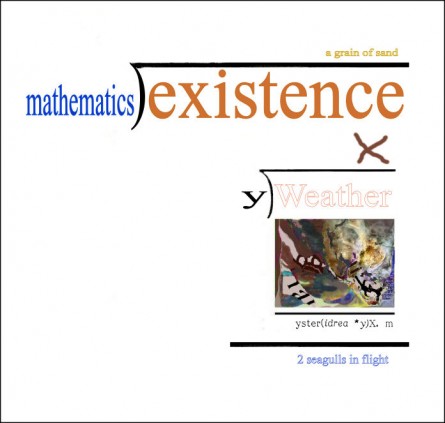
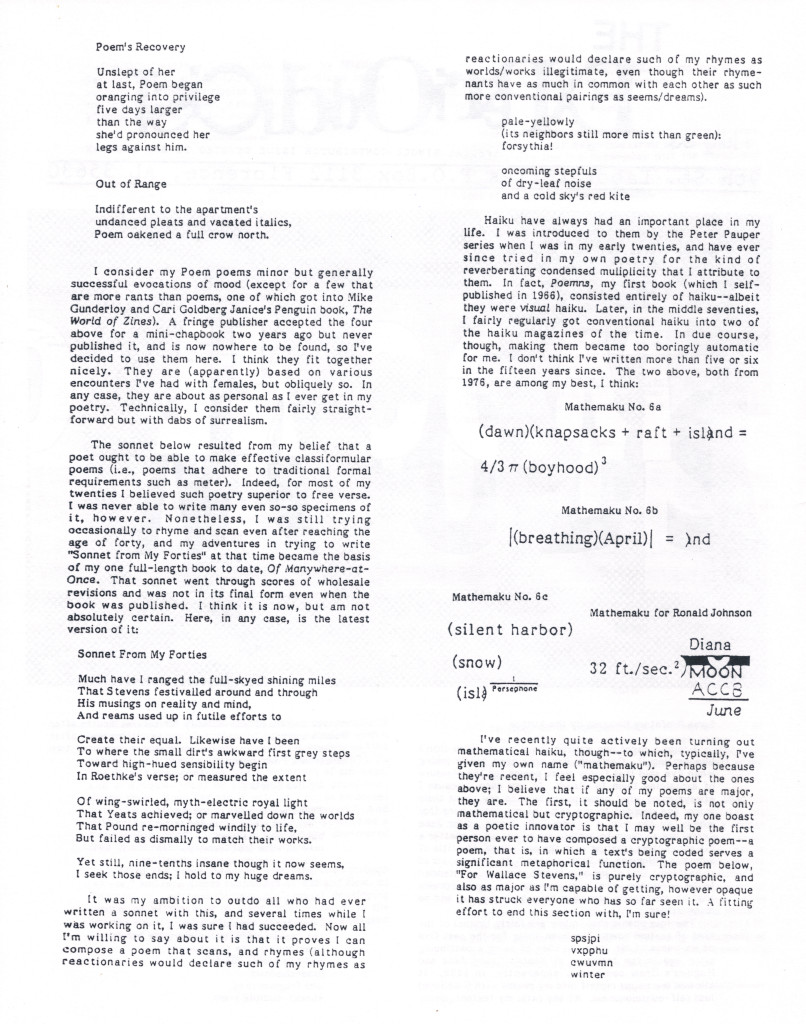
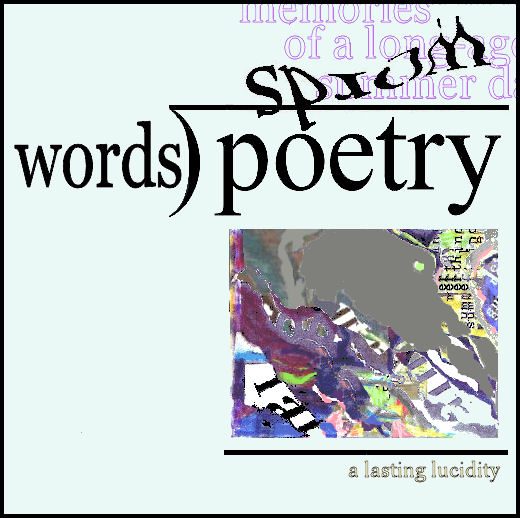




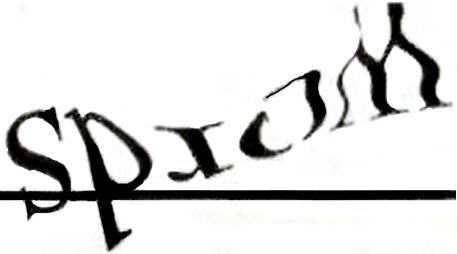
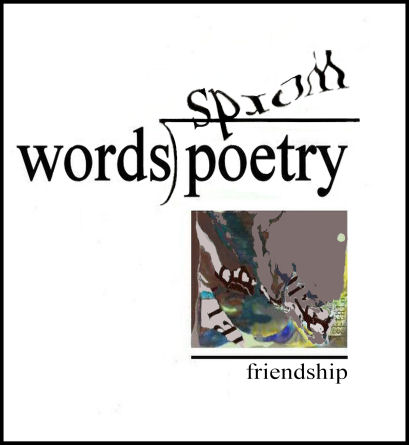
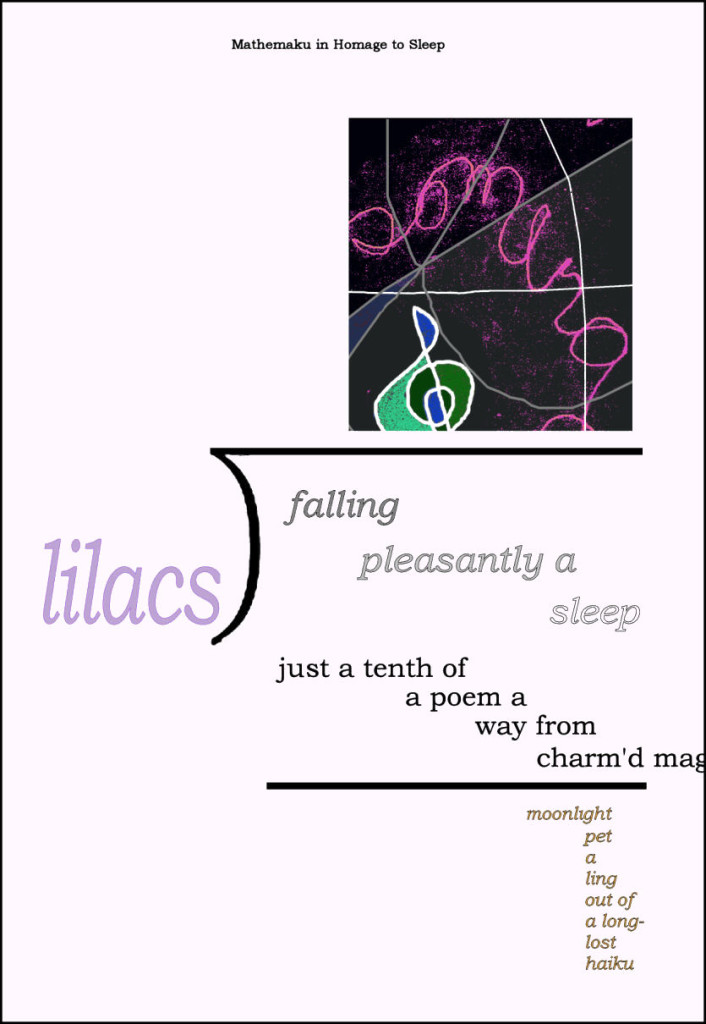
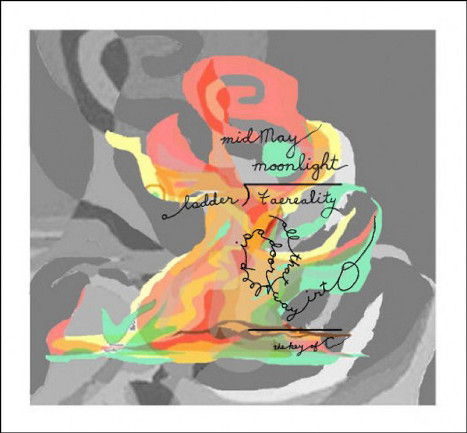
i love these, bob!
Hey, thanks for the good words, Maria. As soon as I saw them, I thought of your embroidered poems and how similar my scribbled poems have in common with them–a kind of looseness, different-colored threads, domesticity (?), sensitivity (I hope!). Main thing is how much fun they are!
–Bob